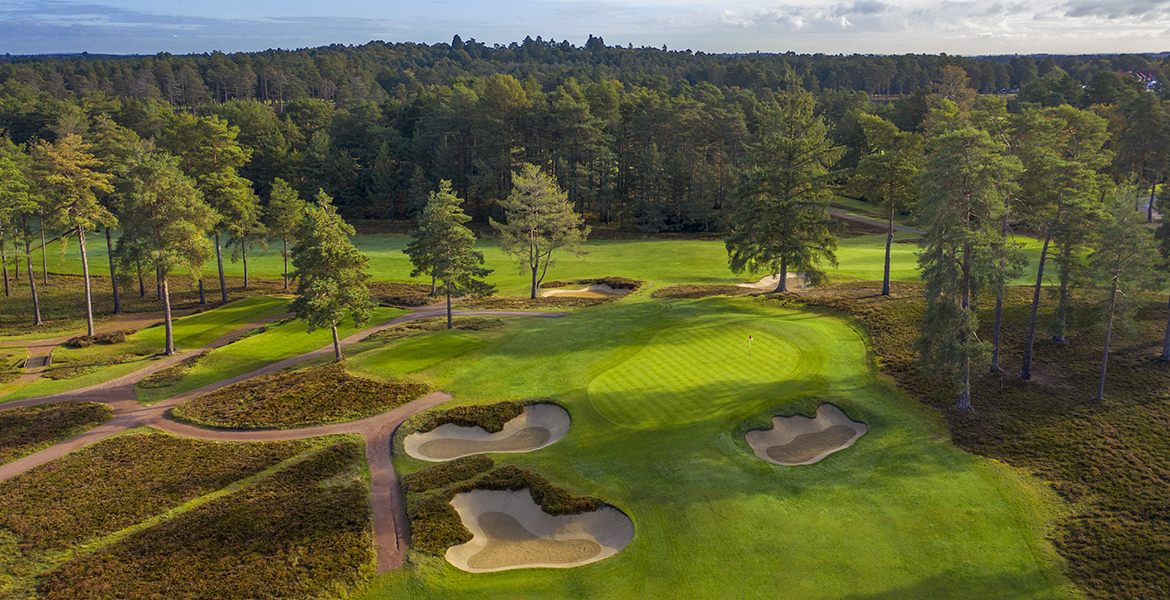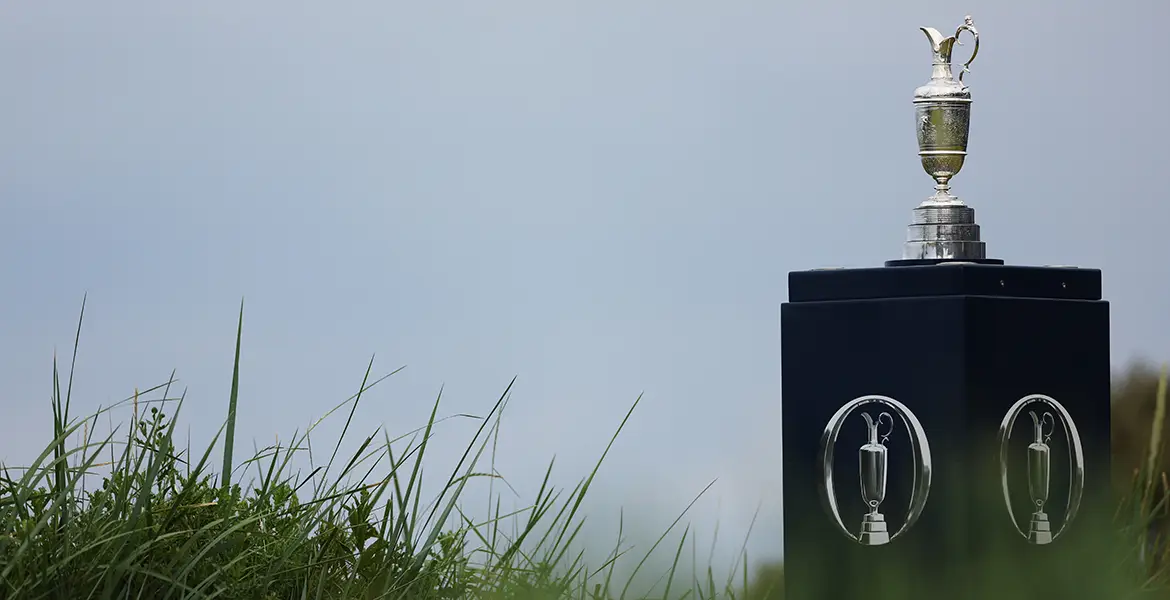Here’s something I bet you didn’t know. Scotland—a place roughly the size of South Carolina—has nearly 800 islands. Most of them aren’t inhabited, mind you—and a few of them aren’t much bigger than a large rock. Nonetheless, the current count is something just north of 790.
The building in which I live—Arran House–is named after the seventh largest of those islands. The Brits, you may have noticed, have a perverse need to bestow names on their domiciles as if they were children or pets. I suppose it began with the medieval peerage who named their halls, lodges, manors, castles according to ancestry and general location. Social climbers followed suit
I’m not sure why our house christener went with Arran. After all, the island is nowhere near St. Andrews. Couldn’t he have come up with something more in keeping with the local spirit–something like Fescue Forge or The Bunkerage? In any case, for years I had a curiosity about Arran, albeit no particular reason to go there. Then one day not long ago, the reason arose.
It was in the middle of a 19th-hole discussion, the topic of which was links courses. The senior member of the group, a chap of eighty-plus years, cleared his throat.

“I have a course for you all to play,” he said, a wistful faraway look in his eyes. “Shiskine. You must make the time, you must take the trouble….aye, Shiskine.”
The very name sounded magical—in the way of Carnoustie, Machrihanish, Troon—compelling a visit with the mere juxtaposition of its consonants and vowels.
Shiskine, I would learn, had been ranked among the Top 100 Courses in the British Isles. What grabbed me, however, was its quiet reputation as the finest 12-hole golf course in the world. Best of all, it was on the Isle of Arran.
Mapquest.com told me Arran was 131 miles from Arran House, the last 13 of those miles via car ferry across the Firth of Clyde. This was no day trip. On the other hand, Visitarran.net told me Arran was worth no more than a day (despite having both a brewery and a single malt distillery).
Certainly, it was no place to take my wife. Instead I headed off with two girl friends—Millie and Maisie—our West Highland White Terriers. I figured it woud do them good to get a bit closer to their ancestral roots. Besides, Shiskine struck me as the kind of course that would welcome canine companions.
Our journey across Scotland went smoothly until a huge traffic jam in Glasgow put us behind schedule and forced a frenzied dash over the last ten torturous miles to the ferry, with the result that Maisie became notably carsick. We arrived at the port of Ardrossan with two minutes to spare, only to learn that our sailing had been cancelled due to bad weather. The next ferry wasn’t for two hours, and I spent most of that time cleaning up the back seat of the car.
Despite the choppy seas, the trip across the Firth was a pleasant one. There was a well-stocked bar and even an area reserved just for dog people. When both of my girls jumped onto my lap and I took my first sip of 10-year-old Macallan, I was in near bliss. Then out of nowhere, an evil ferry godmother appeared and snapped “No dogs on the furniture.”
Arran is sometimes referred to as Scotland in miniature for the diversity of its natural beauty, and the half-hour drive from the port of Brodick took me through the full panoply—rockbound coastline, evergreen forests, chortling streams, granite-topped mountains, and endless acres of pastureland. Incredibly, near the seaside, there were even a few palm trees.
My destination, however, was a bit underwhelming. Shiskine’s home town (curiously named Blackwaterfoot, as if it had been settled by the Apaches) consisted of a post office, a general store, a harbor with just enough space for three small boats, and on a small rise at the water’s edge, my lodgings for the night, the Best Western Kinloch Hotel.
Posh it wasn’t. I guess I should have been suspicious when the hotel’s website breathlessly boasted that all room rates included “linen, electricity, heating, and refuse removal.” But they allowed dogs.
The dining room food was surprisingly good, and after a filing meal and a couple of glasses of shiraz, I slept soundly, a worthy feat considering that my room barely accommodated a bed and sink, and I was sharing it with two hyperkinetic westies. By seven the next morning, all three of us were ready to check out and go for a big walkie on the golf course.
Unlike Prestwick which began its life as a 12-hole course and hosted the first dozen Open Championships that way, Shiskine started with nine holes from Willie Fernie in1896. In 1913 Willie Park extended the course to 18. But during World War I, the club shut down, and when it reopened in 1920, for reasons unclear only two thirds of the holes were put back into service. That’s the way it’s been ever since.
I’d drawn a typical Scottish morning—a gray cloudless sky, light rain, and a steady breeze of about 20 mph. That was just fine—what wasn’t fine was the news I got when I walked into the pro shop.
“I’m sorry, sir,” said the lady behind the counter, “but dogs are not allowed on the course.” I’d already clipped their leash to my bag and they were cavorting happily beside the first tee. Now their fun was over before it had begun. As I closed the hatchback of my Honda on those two sad button-eyed faces, I felt as low as a snake.
To characterize Shiskine as quirky would be an understatement. This may be the only course that equips all first-time players with a typewritten sheet of instructions on how to interact with the holes. Among the imperatives:
Hole 3: Replace both flags before leaving the green
Hole 6: Don’t climb over the fence
Hole 7: Read the notice and operate the signals to and from the green
Hole 11: Ring the bell as you leave the green
Maybe I was intimidated by all the directions, maybe I was guilt-ridden over my imprisoned dogs—more likely I just made bad swings—but I started bogey, double-bogey on the two opening par fours. No matter. It is at the third tee that Shiskine hits its stride, the combination of challenge and scenery about as exhilarating and fun as links golf gets. Seven of the last ten holes are par threes, and on a windless day nine holes—all but a lone par five—are drivable. But not one is a pushover.
No. 3 plays 125 yards straight uphill to a tiny unseen green perched beside a cliff. The hole has two flags. I aimed at the correct one but pulled my shot to the wrong one (used to signal to the players behind you that the green is clear). Gasping for breath after my vertical clamber to the green, I stubbed a chip shot and then sank a 30-footer to save par. (For an out-of-the way, no-frills sort of place, Shiskine has remarkably fast and smooth greens.)
The 4th tee is one of the most beautiful spots in golf. To the right is the sheer vertical face of a Drumadoon cliff, in the distance is the Kilbrannan Sound with the Kintyre Peninsula beyond, and 100 feet below is the green. I had no idea what to hit . The scorecard said 137 yards, but there was a quartering wind, and the huge change in elevation made it look as if a ball could be thrown onto the green. I launched a 9-iron that seemed to stay in the sky for half a minute before pelting down 15 feet from the hole. Another par.
The ballstriking highlight of the day came at the fifth, the longest par three of the course, stretching 212 yards along the edge of the sea, where a low, softly cutting 3-wood fought the right-to-left wind and hopped onto the saucer green, stopping five feet from the hole. I deserved a birdie, I really did, but the Gods of golf felt otherwise.
Still, I was on a bit of a roll now, and despite increasingly heavy rain I felt confident on the tee of “Shore Hole,” a 275-yard par 4 with the sea running along its entire right side. The green was blind—as almost all of them at Shiskine are—but after a strong draw up the right side, I was optimistic I’d gotten home.
Indeed I had. That was the good news. The bad news was the two other balls on the green, belonging to the elderly couple I’d just bombarded. Never have I been so simultaneously delighted and mortified by the same shot.
“That’s not on,” said the gentleman sternly. In Brit-speak that meant, “That’s unacceptable behavior.” For clearly I was on—in fact I had a 12-footer for eagle! I apologized profusely, missed my putt quickly, and negotiated the next hole with the speed of a polo player.
Except in putt-putt golf I have never recorded six threes in a row, and I was very aware that I had that opportunity as I teed up at the 8th hole. This was another short 4—just 249 yards–and my hope was to drive the green again—instead I push-sliced into some very deep and wet rough, needed two more to reach the green and was lucky to get away with par.
A variety of calamities befell me at the 9th, which at 506 yards happens to be the longest hole on the Isle of Arran—and a very good one as well. I’d love another crack at it—I know I can do better than seven. By now the rain was pelting down hard and visibility was next to nothing, a sad bit of luck inasmuch as the 10th hole is named Paradise for the magnificent 360-degree view from its elevated tee.
At No. 11, another blind par 3, I sauntered over the rise in front of the green to behold my worst nightmare—a foursome of grim-faced local women, all staring grimly back at me. When had these birds teed off, at dawn?
“Oh my goodness,” I said. “I’m so sorry…I had no idea.”
A terse “okay” was all I got. As they exited the green, one of them strode purposefully over to a large bell and gave it a very loud ding-dong while fixing me with a look that said: “Ask not for whom it tolls, buster.”
At the final tee, I waited for the ladies to drive, hit their second shots, sink their putts, sign their scorecards, settle their bets and load their cars before I put my peg in the ground. With a finishing par, I managed a score of 47, five over par.
The Shiskine clubhouse is really just a tea room with an appropriately abbreviated menu. Rumor has it that, a new and grander building is in the works. I hope not. As far as I’m concerned, Shiskine is just fine the way it is. I wouldn’t change anything—except the policy on dogs.






